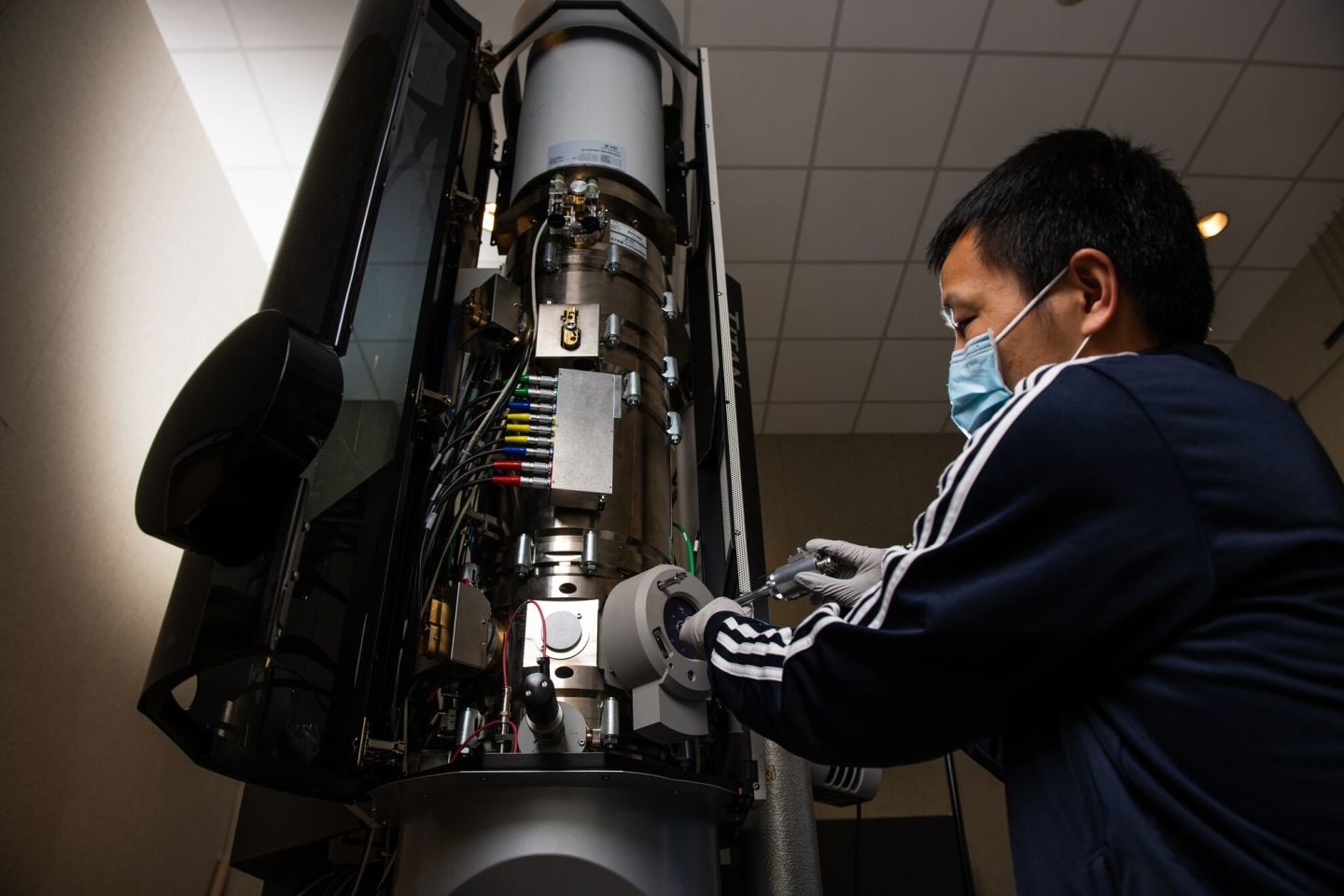A real proof of concept demonstrates the possibility of having quantum batteries and what it implies


For many years they were just a theory. Now, in the middle of 2022, a group of scientists has managed to demonstrate through a proof of concept that quantum batteries could be a reality.
Quantum batteries could one day revolutionize energy storage through what seems like a paradox: the bigger the battery, the faster it charges. This, in a nutshell, could be the solution to today’s storage limitations.
Well, for the first time, a team of scientists has demonstrated the quantum mechanical principle of superabsorption that underpins quantum batteries in a proof of concept.
The world of quantum physics is full of phenomena that seem impossible. Molecules, for example, can become so intertwined that they begin to act collectively, which can lead to a series of quantum effects.
This includes superabsorption, which increases a molecule’s ability to absorb light. “Superabsorption is a collective quantum effect in which the transitions between the states of the molecules interfere constructively,” he explains to New Atlas scientist James Quach.
“And this allows the combined molecules to absorb light more efficiently than if each molecule acted separately”, concludes the researcher.
In a quantum battery, this phenomenon would have a very clear benefit. The more molecules store energy, the more efficiently they can absorb it. In other words, the bigger the battery, the faster it will charge.
At least, that’s how it should work in theory. Superabsorption had yet to be demonstrated on a scale large enough to build quantum batteries – until now, when a new study has transferred it from the theoretical plane to the physical plane.
To build the device, the researchers placed an active layer of light-absorbing molecules – a dye known as Lumogen-F Orange – in a microcavity between two mirrors.
Next, the team used ultrafast transient absorption spectroscopy to measure how the dye molecules stored energy and how fast the entire device was charged
And indeed, as it increased the size of the microcavity and the number of molecules, charging time decreased, proving that superabsorption was working.
Ultimately, this breakthrough could pave the way to practical quantum batteries, which would allow the creation of fast-charging electric vehicles or energy storage systems that can cope with bursts of energy from renewable sources.
The road is still long and there are many unknowns, but what this research shows is that the future lies in converting batteries to quantum, with all the advantages that this entails. The future is today.
Reference-computerhoy.com